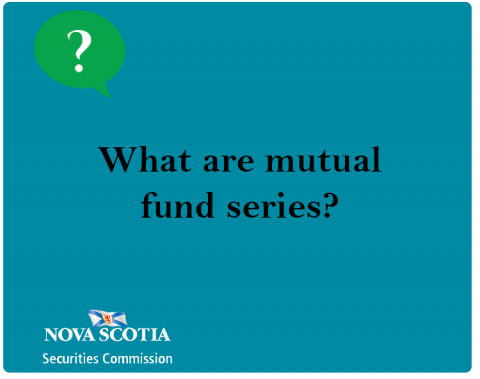Submitted by nsscadmin on

Mutual funds are one of the most popular investments in Canada. The majority of people that invest in Canada have at least some of, if not all their investments in mutual funds. Despite the popularity of mutual funds many investors are unaware that there are different series of mutual funds. These series are identified by a letter. These letter classifications identify certain benefits and fee structures that are found in these funds.
There is no standard by which investment firms must use letter designations for specific mutual fund classes. That being said, there are some common letter series used by most investment firms. However, since they are not standard be sure to check the prospectus and/or fund fact sheet to see what letter designations your investment firm uses and what they mean. Securities laws require funds to disclose the terms for each series of fund.
Over the next few weeks our Before You Invest Blog will look at some of the most common mutual fund series and what makes them different. Today in this post we will start with Series A mutual funds, and B & C funds.
Series A mutual funds are also known as retail series mutual funds. These are the most common type of mutual fund and are purchased by most retail investors. The funds typically have minimal requirements that an investor must meet to purchase them, and they have lower minimum purchase limits. An investor should receive advice from an adviser before making a purchase. These funds typically include commissions and trailing commissions and as a result have a higher management expense ratio (MER).
Series B & C mutual funds are very similar to Series A, but have a deferred sales charge (DSC) included. DSCs are being phased out in Canada (except Ontario), so these series will have limited availability.
